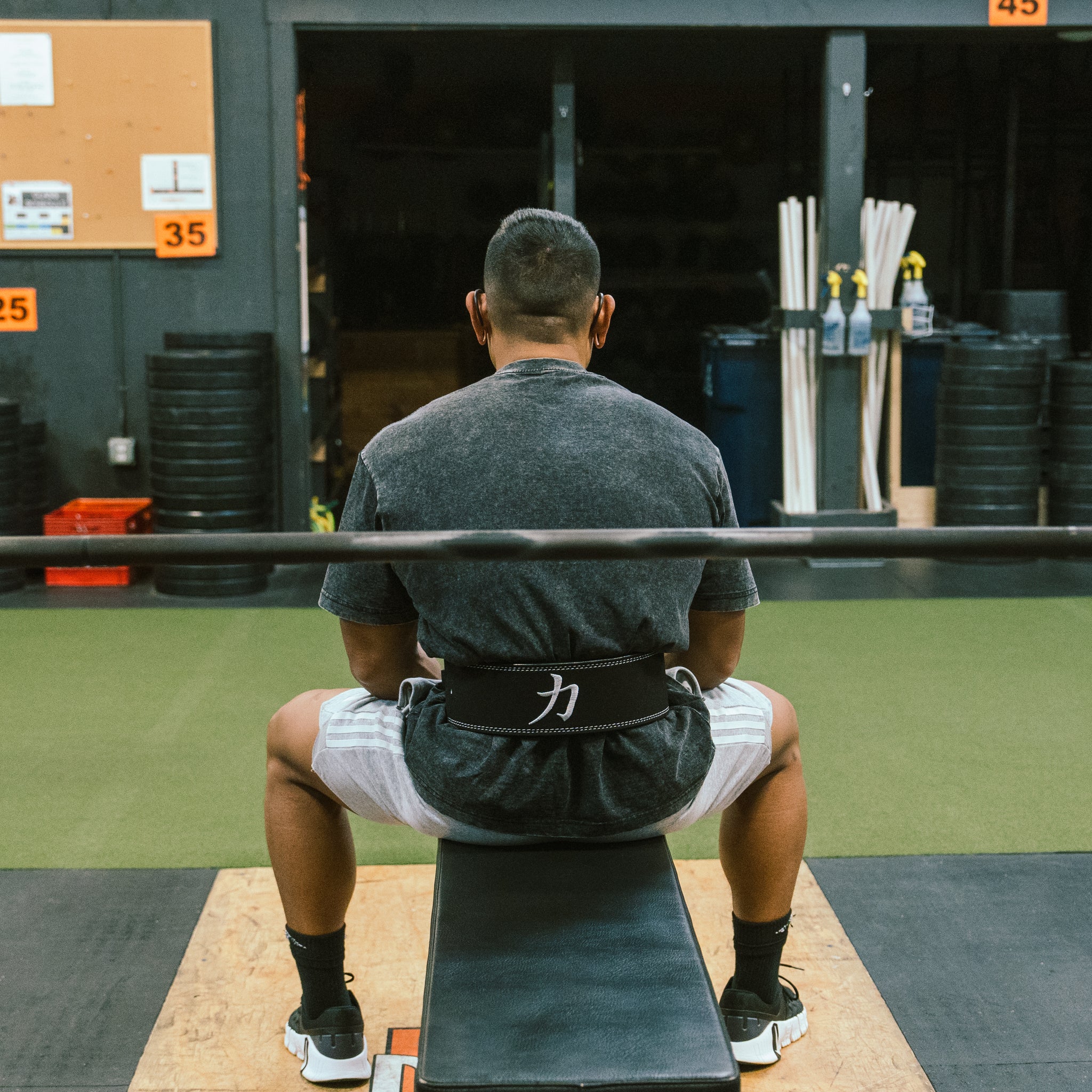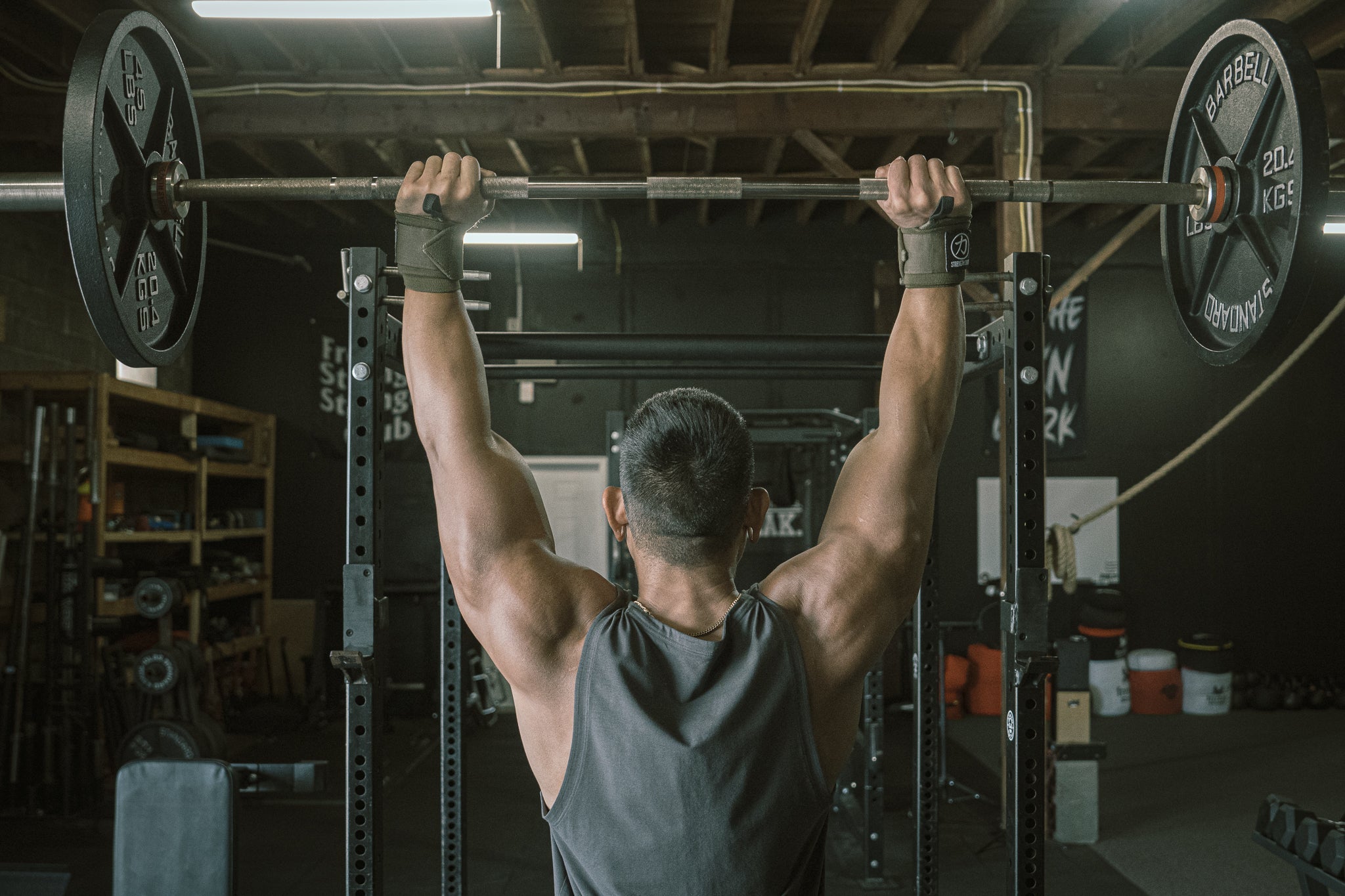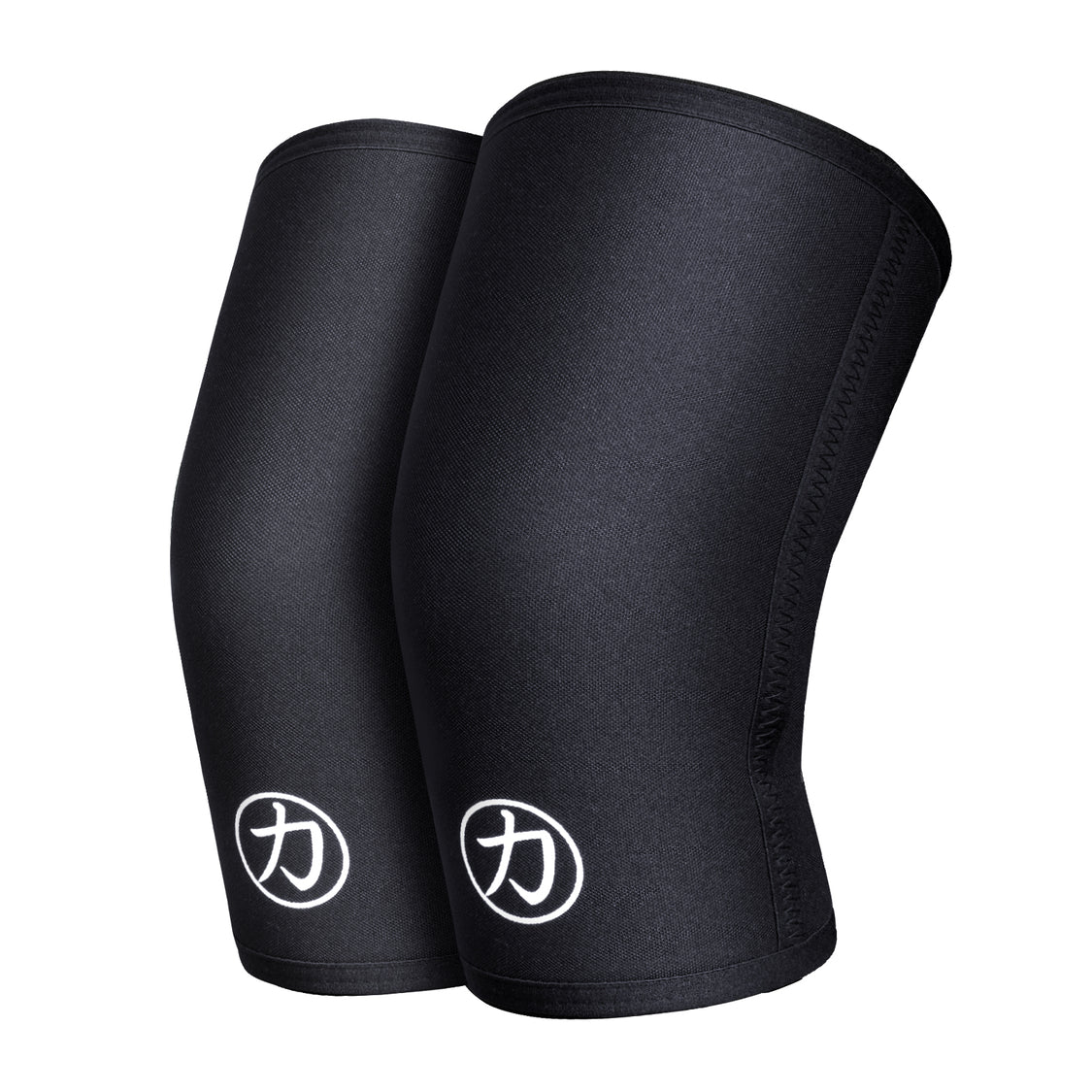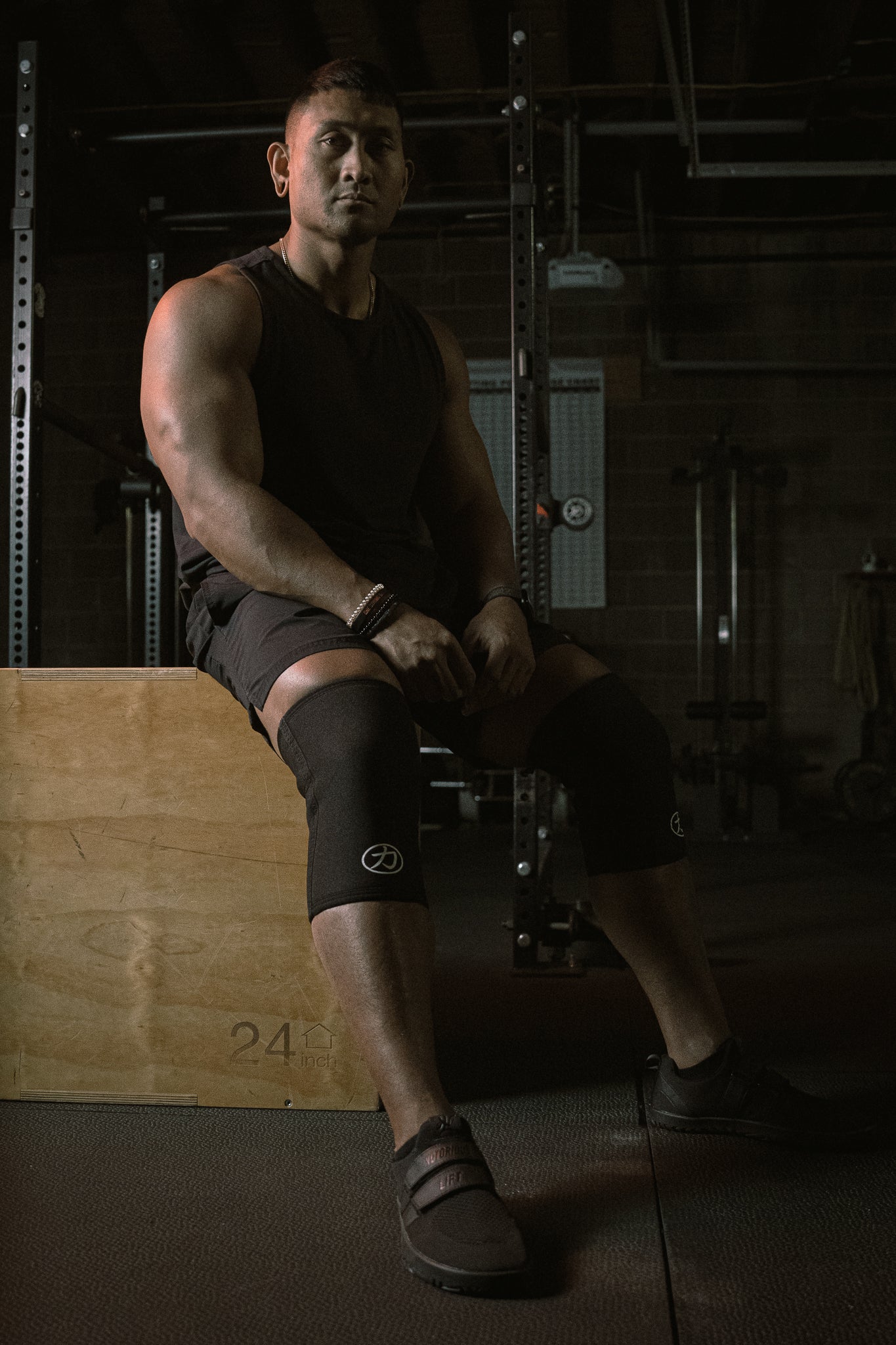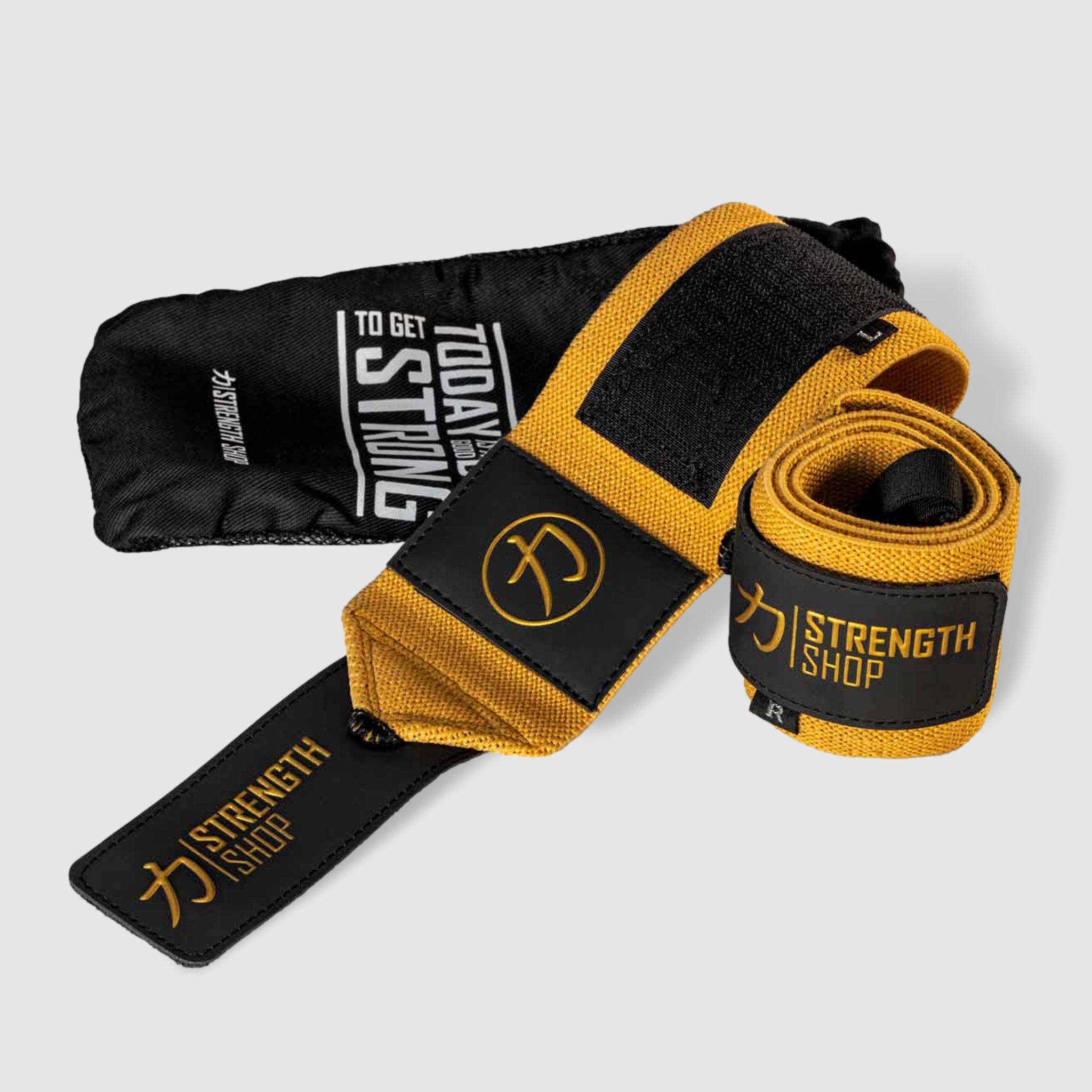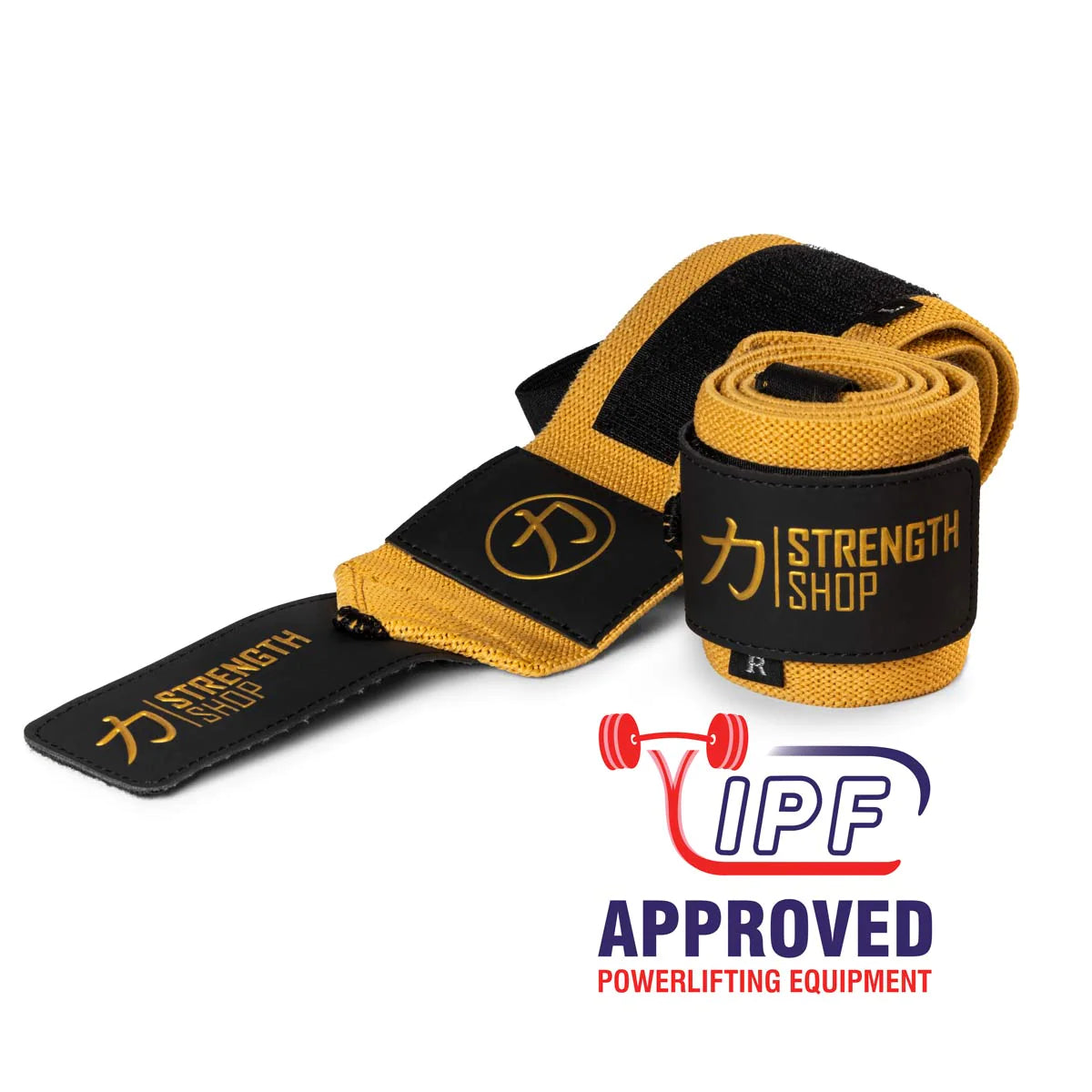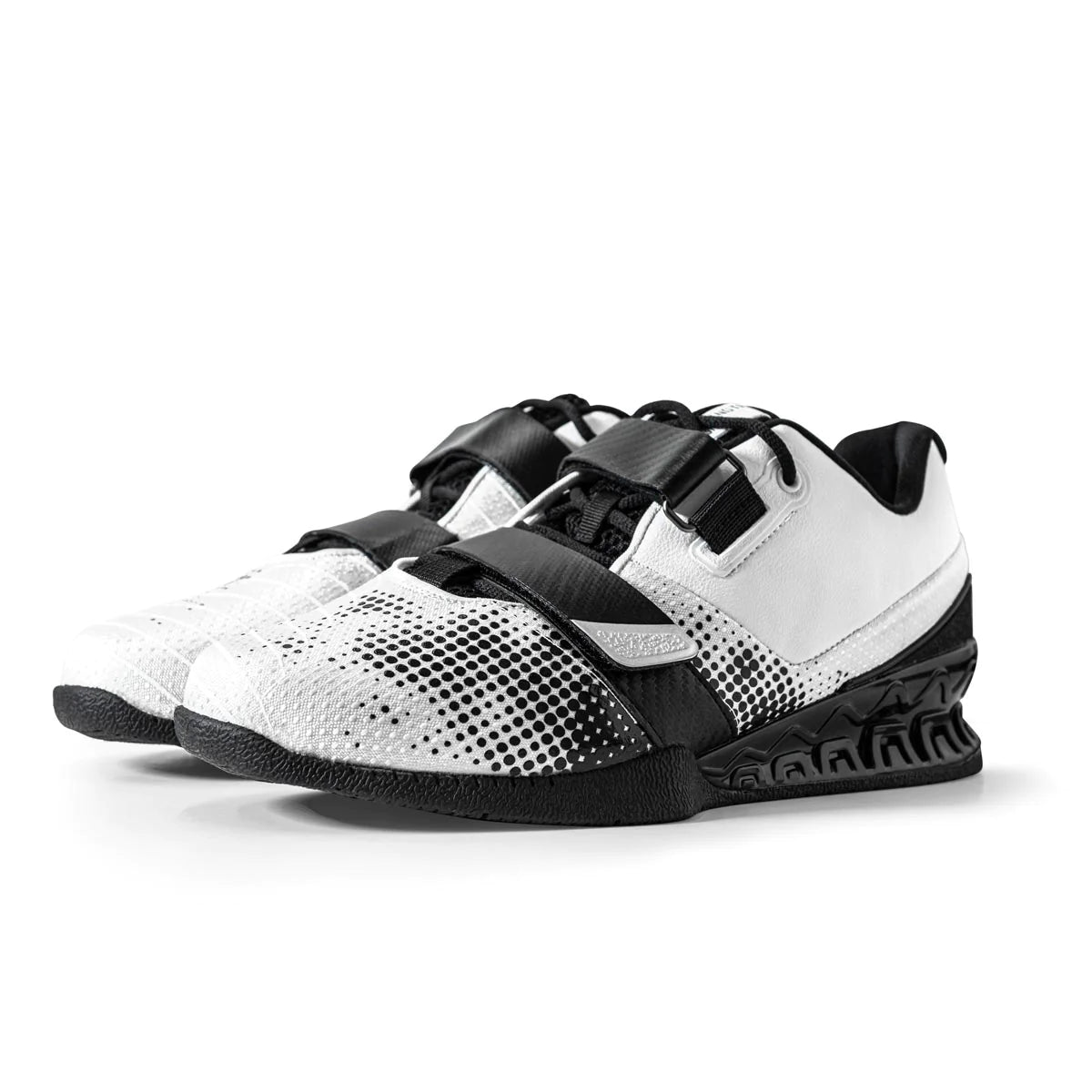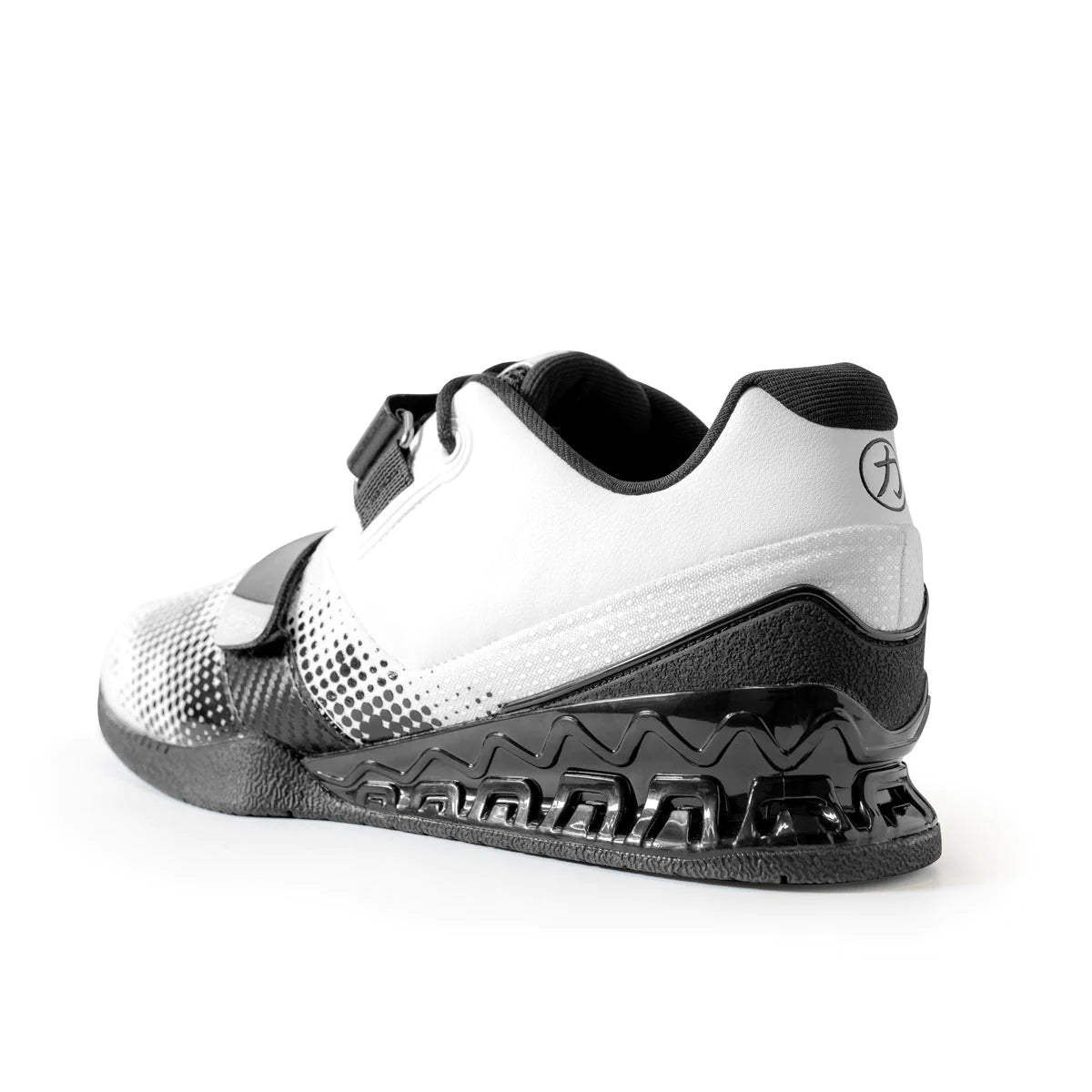If you've ever wondered, "Should I wear a lifting belt when I squat?" you're not alone. This is a prevalent question among lifters, from beginners to seasoned pros. As experts in manufacturing weightlifting belts, we've researched for you. Let's dive into the pros and cons, the science-backed benefits, and everything else you need to know about using a lifting belt for squats. By the end, you'll know exactly when, why, and how to use one.
What Is a Weightlifting Belt?
A weightlifting belt is a sturdy piece of equipment worn around the waist during heavy lifts, such as squats and deadlifts. Its primary role is stabilizing the core by providing a rigid surface for the abdominal muscles to brace against.
This added stability helps protect your spine and allows you to generate more force during compound movements. Belts vary in width (usually around 4 inches) and thickness (6-13 mm) and often have adjustable buckles, like prongs or levers, for a secure fit.
Weightlifting belts typically come in two materials:
-
Leather weightlifting belts: Durable and rigid, leather belts give you the support you need for heavy, static lifts like squats and deadlifts. A leather belt is your go-to option if you're pushing serious weight and want maximum stability.
-
Nylon weightlifting belts: These are more flexible and lighter, making them ideal for dynamic movements or CrossFit-style training.
If competing, you can pair the belt with a powerlifting singlet or an AIRWAAV mouthpiece to maximize your stability, protection, and performance during squats.
Using wrist wraps can also help your lifts by giving you extra wrist support.
Should You Wear a Lifting Belt When You Squat?
Lifting belts have pros and cons, but whether or not you wear a lifting belt when you squat depends on your goals and experience. Suppose you squat at 75% to 80% or more of your one-rep max (1RM). In that case, a lifting belt can provide extra stability, protect your lower back, and help you lift heavier weights safely. It creates a solid base by increasing intra-abdominal pressure, allowing you to maintain better control and form under heavy loads.
Who Shouldn't Use a Lifting Belt for Squats?
If you're starting, focus on mastering your form and building core strength first. Skip the belt for lighter weights under 75% to 80% of your 1RM — these are perfect for practicing natural bracing.
Overusing a belt can weaken your core, so avoid relying on it for every set. If you have medical conditions like high blood pressure, heart disease, or respiratory issues, consult a healthcare professional before using a belt because it can temporarily increase your blood pressure and intra-abdominal pressure. Additionally, if you're pregnant, it's advisable to get medical advice before incorporating a lifting belt into your routine.
Finally, if your goal is functional strength, train without a belt to build natural stability and control.
How Does a Weightlifting Belt Work?
A weightlifting belt increases intra-abdominal pressure, stabilizes the spine, improves your core muscles, is something to push against, and helps maintain a neutral spine during heavy lifts.
It also encourages proper bracing by prompting you to take a deep belly breath and engage your core. Additionally, it enhances your body awareness, giving you better control throughout each squat.
For added security while squatting, consider pairing your lifting belt with weightlifting shoes to improve your stability, knee sleeves to protect your joints, and wrist wraps for added grip during front or overhead squats. These accessories stabilize your core, protect your body, and help you maintain proper form under heavy loads.
When to Wear a Weightlifting Belt While Squatting
Knowing when and how to use a lifting belt is crucial for maximizing its benefits without becoming overly dependent. Here are some guidelines:
-
For heavy lifts: Use a belt when squatting at or above 75% of your 1RM. This is where the extra stability is most beneficial.
-
For max effort attempts: If you're attempting a new PR or lifting near your max, a belt can provide the extra support you need for safety and performance.
-
For advanced training: Use a belt if you progress to heavier weights or work through strength-specific programs.
-
If you have injury concerns: If you've had previous back issues, a belt can reduce spinal loading and help you train with less discomfort.
Here's a table that summarizes when to use a lifting belt during different training phases:
|
Training Scenario |
Recommended Belt Use |
|---|---|
|
1-Rep Max Attempts |
Ideal |
|
Heavy Sets (>75% max) |
Recommended |
|
Competition Lifts |
Essential |
|
Recovery Training |
As needed for support |
How to Wear a Weightlifting Belt Correctly for Squats
Learning how to wear your weightlifting belt correctly is crucial to getting the most out of its support while ensuring your comfort and safety during squats. Here's how to position, tighten, and choose the perfect belt.
Pick the Right Belt
-
Material: Choose leather if you want maximum support and nylon if you need more flexibility.
-
Width and thickness: Lifting belts come in different sizes, but a 4-inch width and 10-mm thickness work well for most lifters.
-
Closure type: Prong belts give you more adjustable options, while lever belts provide a quick and secure fit.
-
Fit: Make sure the belt fits your body type and allows a full range of motion.
Position the Belt Correctly
-
Place the belt above your hip bones and below your rib cage.
-
Center it around your midsection, ensuring equal lower back and abdomen support.
-
Adjust the belt to sit snugly but not restrict your breathing or movement.
Tighten the Belt Properly
-
The belt should be tight enough to provide resistance but not so tight that it's uncomfortable.
-
Test it by taking a deep breath into your belly. You should feel pressure against the belt but still be able to breathe and brace effectively.
Benefits of Wearing a Weightlifting Belt for Squatting
Using a weightlifting belt offers many benefits, especially during heavy squats:
-
Increased core stability: A belt reinforces your core, helps you maintain a neutral spine, and reduces your risk of injury.
-
Better lifting mechanics: The added stability allows you to focus on form and generate more force from your legs.
-
Reduced spinal stress: By increasing intra-abdominal pressure, the belt redistributes the load across your torso, taking stress off your spine.
-
Improved confidence: Knowing you have extra support can make you feel more secure when handling heavier weights.
The Science Behind Weightlifting Belts for Squats
Research strongly supports the benefits of weightlifting belts during squats and heavy lifting. Studies show that wearing a belt can increase intra-abdominal pressure, creating a more stable base for these exercises.
Another study found that using a weightlifting belt during squats increases barbell speed and alters the bar path without affecting muscle activation (EMG), joint range of motion, or lifting technique. This suggests that a belt may enhance explosive power during the lift.
This means a belt can help you lift faster and generate more power without negatively impacting your form or muscle engagement.
However, it's important to remember that a belt is a tool to complement proper training—not a substitute for building core strength and perfecting technique.
Tips for Using a Weightlifting Belt Effectively
Here's how to get the most out of your weightlifting belt while staying safe and comfortable during squats:
-
Practice bracing without a belt: Build natural bracing strength before incorporating a belt into your routine.
-
Use the belt strategically: Save it for heavy sets or max attempts, not every lift.
-
Experiment with placement: Adjust the belt's position and tightness to find what works best.
-
Avoid over-reliance: Don't let the belt become a crutch. Continue developing your core strength with beltless training.
-
Take care of your belt: Store it properly and clean it occasionally to ensure it lasts.
Frequently Asked Questions
Is it necessary to wear a belt when squatting?
No, wearing a belt is not necessary for squatting. Still, it can provide extra support and stability when lifting heavier weights, typically above 75% to 80% of your one-rep max.
Are belt squats effective?
Yes, belt squats are highly effective for building leg strength and reducing stress on your lower back, making them a great alternative to traditional squats.
How much should I squat without a belt?
You should be able to squat at least 70% to 80% of your one-rep max without a belt to ensure you've developed proper core strength and bracing mechanics.
What are the benefits of using a weightlifting belt?
A belt stabilizes your core, reduces spinal stress, and improves lifting performance, especially during heavy squats or max attempts.
Can beginners use a weightlifting belt?
Beginners should focus on building core strength and mastering squat mechanics before using a belt, as introducing it too early can limit their natural strength development.
How do I pick the correct belt?
Opt for a leather belt for maximum support or a nylon belt for flexibility. Both should be 4 inches wide and 10-13 mm thick, fitting snugly but allowing for proper breathing and bracing.
Does a belt make squatting safer?
Yes, a belt makes squatting safer by reducing spinal stress and promoting proper form. Still, it does not replace good technique.



